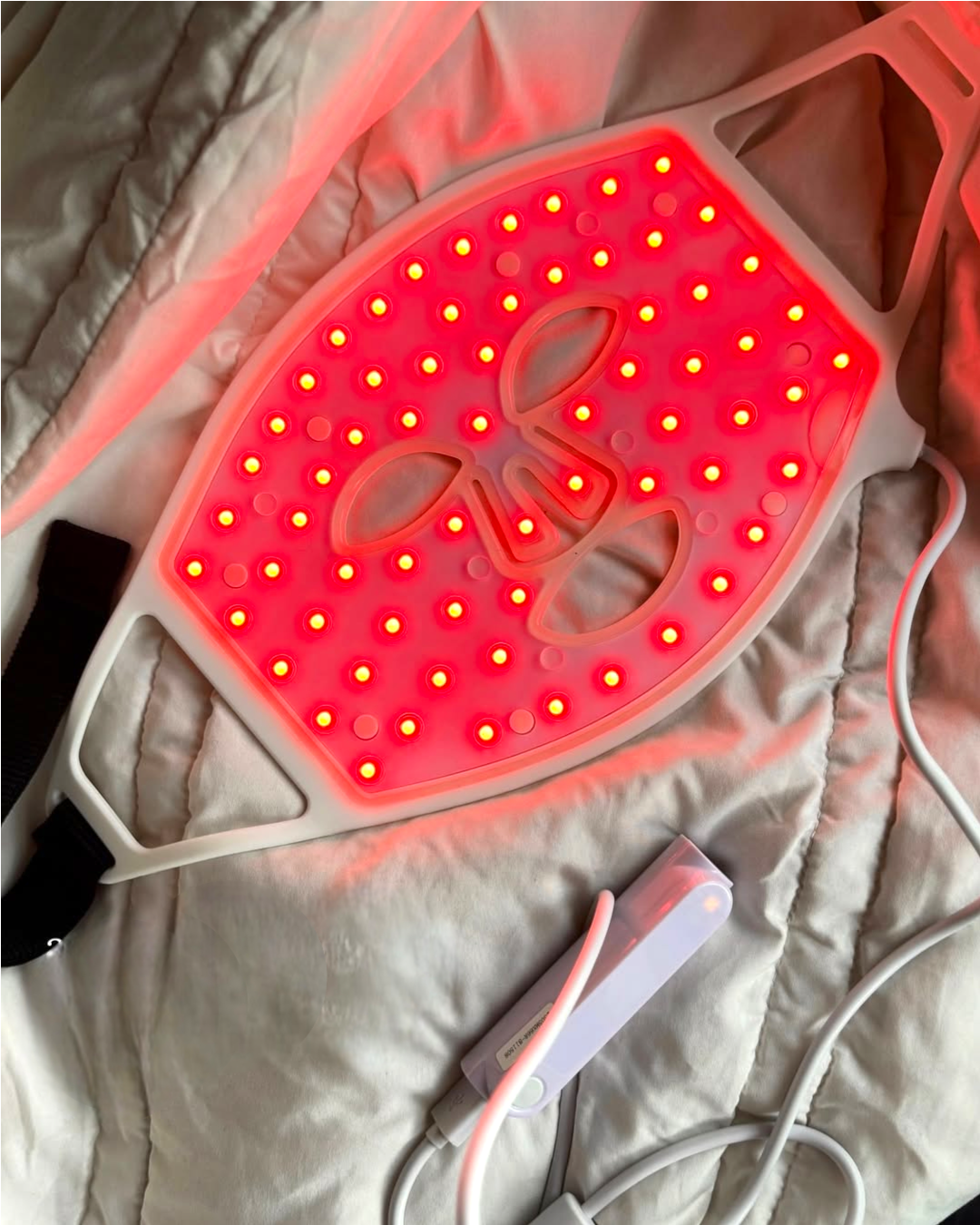When most people think of tinctures, they likely imagine cannabis mixes that contain high amounts of CBD. While there is no doubt that this is one of its more popular uses, the reality is that there are a variety of different types of tinctures you can use.
You don’t even need to buy tinctures from a store. You can easily learn how to make a tincture yourself with a few simple household products. In this article, we’ll teach you everything you need to know about DIY tinctures. Let’s get started!
What Are Tinctures?
Tinctures are essentially an extraction process that brings out the active components of herbs through soaking. During the soaking process, the plants are either macerated or percolated in a solution comprised of water and alcohol.
Every tincture ranges in terms of its strength. However, there are two common ratios (in terms of the plant to water): 1:3 and 1:5. Often the terms extract and tincture are used interchangeably. However, the reality is that extracts are often much more concentrated than tinctures.
There are a lot of benefits that come with tinctures. For some herbs, the active benefits can only be accessed in an alcohol solution. The active ingredients extracted are also more potent and easily absorbed by the body. What’re more tinctures extend the shelf life of herbs considerably.
There are a variety of ways you can take tinctures. One popular method is simply to place a drop under your tongue. This allows your capillaries to quickly absorb it. However, you can also place a few drops in hot water and make a tea.
Or, you can apply it to the skin topically. Just make sure that this is safe for whatever herb you decide to make a tincture with.
What Are Some Popular Types of Tinctures?
You can make tinctures out of a variety of different herbal materials. This includes things like dried leaves, fresh leaves, berries, bark, roots. As we mentioned, cannabis-based tinctures have gotten quite popular in the past decade.
However, these aren’t the only type of herbal tinctures you can make. Another popular type is kratom tinctures. This type is ideal if you want a natural energy and mood boost. Make sure to check out this guide if you want to learn how to make tinctures out of kratom. Here are some of the other types of herbal tinctures that people use:
- Lavender
- Ginger
- Propolis
- Turmeric
- Benzoin
- Elderberry
- Echinacea
- White willow
- Shepard’s purse
- Valerian root
- Garlic
- Plaintain
- St. John’s wort
- Bloodroot
- Chamomille
How to Make a Tincture
Now that we know more about what tinctures are we can dive into how to make one. To help you’ve out we’ve broken the process down into five easy steps. This works for most types of herbal tinctures. However, some materials may require slight modifications to the process.
Get Your Alcohol
The first thing you need is some high-quality alcohol. Ideally, you want it to be flavorless and colorless. This makes vodka or ethanol a good choice. However, you can also use whisky, rum, or brandy in a pinch.
The important thing is that the alcohol is 80 proof or higher. This strength prevents the plant from developing mold. If you don’t want to use alcohol, then you can try using apple cider vinegar or glycerin instead.
Find a Container
Next, you will need to find some containers. You will need one glass jar or mason jar to prepare the tincture. Then, once it’s made, you’ll need a small dark glass tincture glass for keeping the final solution.
Make sure that all containers can be sealed airtight, to keep any oxygen out. You should also ensure that they’re sterilized before using them.
Prepare the Tincture
Next, it’s time to prepare your tincture. You can use exact measurements, or you can just eyeball it. It all depends on what you’re comfortable with. Exact measurements will depend on whether or not you’re using fresh herbs, powdered herbs, or dried herbs.
For fresh herbs, fill the entire glass jar with herbs. Then, cover with alcohol. For powdered herbs, add four ounces for every pint of alcohol.
Finally, for dried herbs, add seven ounces of herbs for every liter of alcohol. Once you’ve added the herbs and alcohol, stir the solution to remove any oxygen. Then, seal it tightly.
Store It
Find a cool and dark place where you can store the solution. Your tincture should take between eight days and a month to make. We recommend occasionally shaking the solution to mix up the contents during this stage.
It’s also a good idea to write the date on the glass jar. That way you don’t forget the date you put it in.
Strain It and Decant It
After the solution has steeped for long enough (if you aren’t sure, then two weeks is usually enough), then it’s time to strain it. You can do this by placing a muslin cloth over a fine mesh strainer. Then, place this over a large bowl.
Then, pour the solution into the strainer. Once most of the liquid goes through, roll up the cloth and squeeze it. Finally, it’s time to decant. Get your tincture bottle and place a small funnel over the top.
Then pour the solution into it. Afterward, write down the date, so you know how old it is. Congrats! You’ve just prepared your first tincture.
Want More Content? Keep Reading
We hope this article helped teach you how to make a tincture. As you can see, the process is pretty simple. It doesn’t require any advanced equipment to make a great product.
And best of all, the end product is a tincture that you know you can trust since you saw what went into it. Did you enjoy this article? If the answer is yes, then you’re in the right place. Keep reading to find more articles you’re sure to love.




